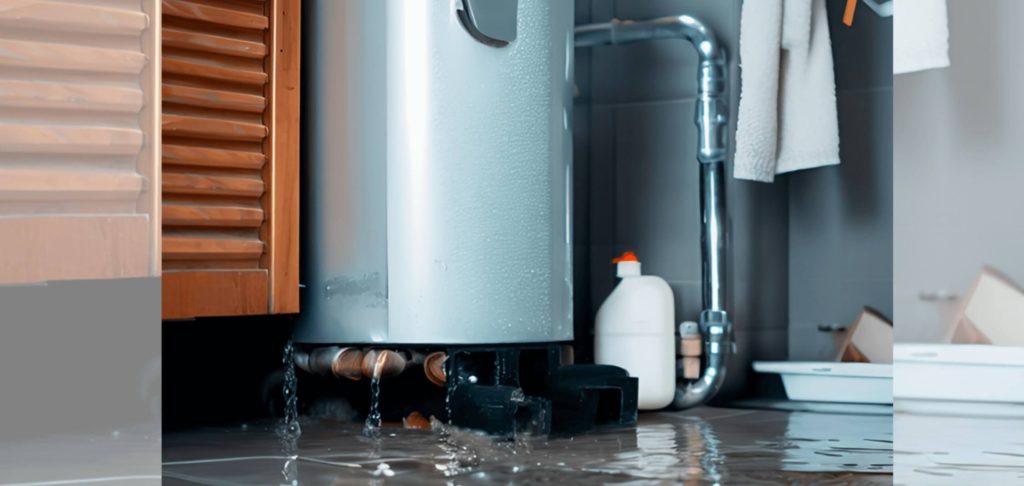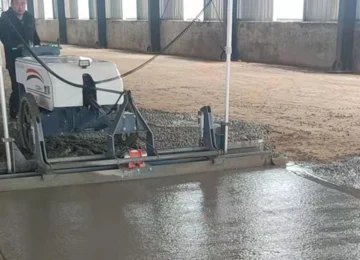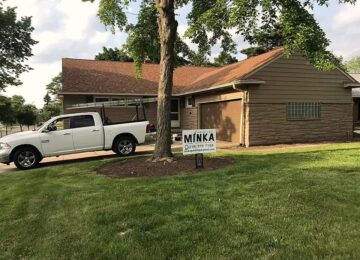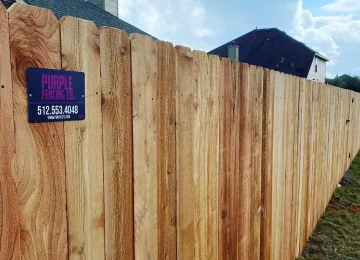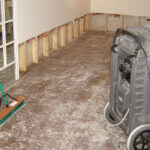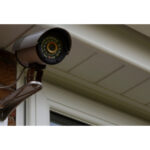Your water heater is a key appliance to keep an eye on when maintaining your home. Handling a leaking water heater may seem scary, but don’t worry. Quick action and proper advice can solve the issue. The goal is to find the leak fast. This way, you limit damage to your house and keep repair costs low.
Many assume that a leaking water heater calls for immediate replacement. However, this isn’t true. Affordable and easy fixes exist for water heater problems. And sometimes, simply changing a broken part can help prolong its life.
In this guide, we cover how to fix a leaky water heater step by step.
Cut off the water heater’s electricity supply
Ensure that the water heater’s power supply is off before starting any repairs on it. Turning off the associated circuit breaker is how you turn off an electric heater. On gas models, locate and shut off the gas valve. You will avoid any electrical accidents or gas leaks.
Shut off the water pressure to the tank
Stopping water flow into the heater is crucial to managing the leak. Locate the cold water supply valve, usually found above the water heater, and turn it off. This action halts water from compounding the issue, allowing you to work on the unit without the interference of incoming water.
Find the water heater’s leak
Detecting the origin of the leak is your next step. Plumbing pipes above water heaters are the first place to look. It is very easy for a drip to fall from above onto the top of the water heater, travel through the insulation, and appear as though the leak is coming from the tank itself.
Frequently, leaks can occur at the top where the inlet and outlet pipes connect, at the temperature and pressure relief valve, or at the bottom of the drain valve or tank itself. After the heater’s exterior has dried, thoroughly inspect each of these spots to determine the source of the leak.
Tighten loose pipe fittings
The water supply lines that enter the water heater require close attention. These could be supply tubes that are flexible or stiff pipe connections. The most frequent source of leaks above the water heater is flexible water supply tubes, which frequently break long before the water heater needs to be replaced. Remove any insulation that may be surrounding the supply tubes so you may check and replace them if needed.
Loose fittings often cause leaks at the top of the water heater. With a wrench, gently tighten any loose pipe fittings you find. If the pipes are flex lines, this is usually a straightforward task. However, if your connections are soldered copper, this may require a professional’s touch.
Check the temperature and pressure release valves
A common reason for leaks is an overly high-temperature setting, which increases pressure inside the tank. Adjust the thermostat to a safer level, ideally around 49°C (120° Fahrenheit), to alleviate this pressure. Be cautious when adjusting to prevent scalding or damage to the system.
Leaks can also occur in the temperature and pressure (T&P) valve. If there is a leak at the T&P valve, it is a more significant issue, and you should investigate the reason thoroughly. Unless there is a more serious issue, a T&P valve will typically not start to drip or leak.
It could be the case that the valve is now not sealing properly if it was recently removed. The issue could be resolved by tightening the valve or reinstalling it with a new plumber’s tape encircling the threads.
Test the pressure in the cold water supply
Excessive pressure can cause leaks and damage to the water heater. Use a pressure gauge to measure the water pressure. If it exceeds 80 psi, it’s advisable to install a pressure-reducing valve or contact your water provider for assistance.
Replace a leaky drain valve
A faulty drain valve can be the source of a leak and may need replacement. After draining the tank, remove the old valve with an adjustable wrench and replace it with a new, identical one. Ensure it’s tightened securely to prevent future leaks.
Replace the water heater if the leak is at the bottom
Usually, bottom leaks are a sign of a major issue inside the tank, such as corrosion or a broken internal component. Get your water heater checked and fixed by a professional plumbing team. It’ll last longer, and you’ll avoid common problems.
A qualified local plumber can save your home from water damage. Plus, they can help add years to your water heater’s life. Don’t second guess if a leak is too big or how to unfreeze a pipe. Go for expert plumbing fixes instead.
Conclusion
While some water heater leaks can be remedied with DIY methods, others signal the need for professional intervention or replacement. Regular inspections and maintenance by a certified plumbing company can prolong the life of your water heater and prevent many common issues.
To protect your home from water damage and to extend the life of your appliance, don’t hesitate to seek professional plumbing repair services if you’re ever unsure about the extent of a leak or how to fix a frozen pipe.

